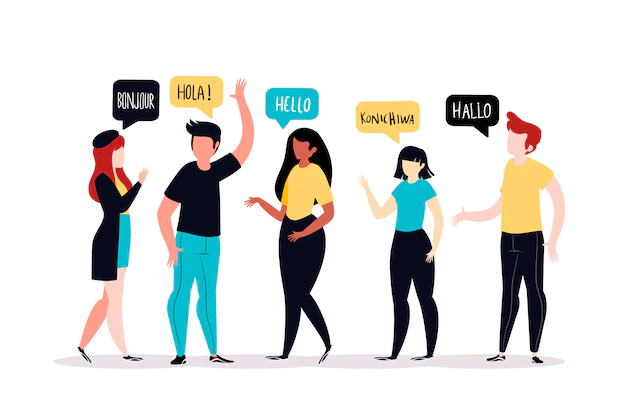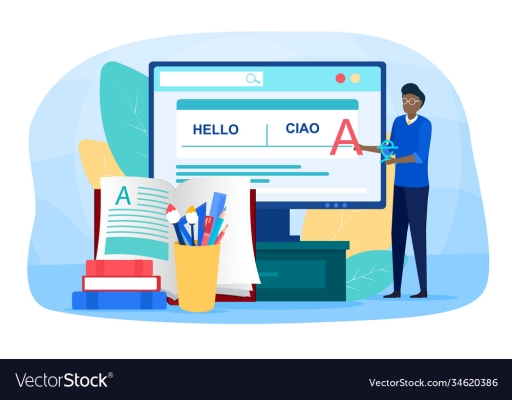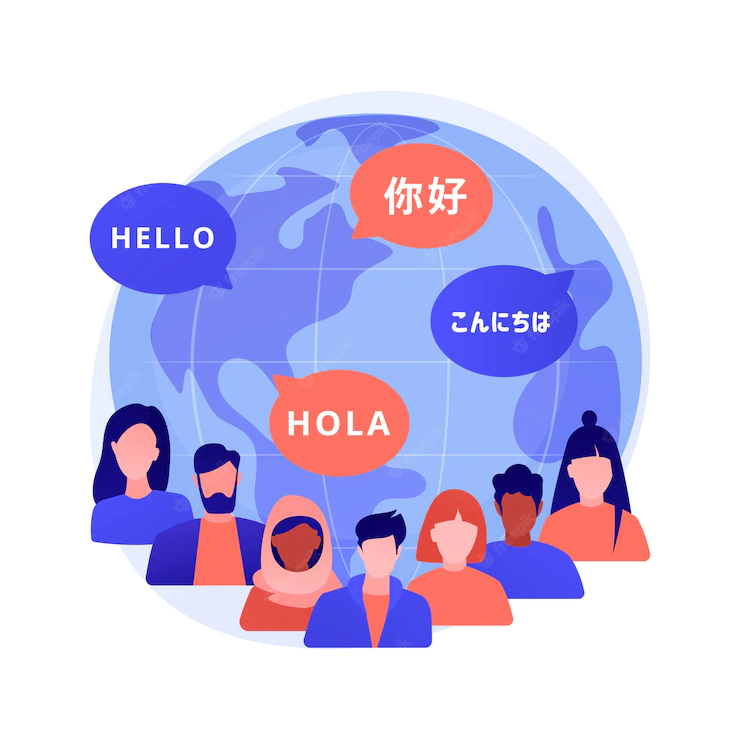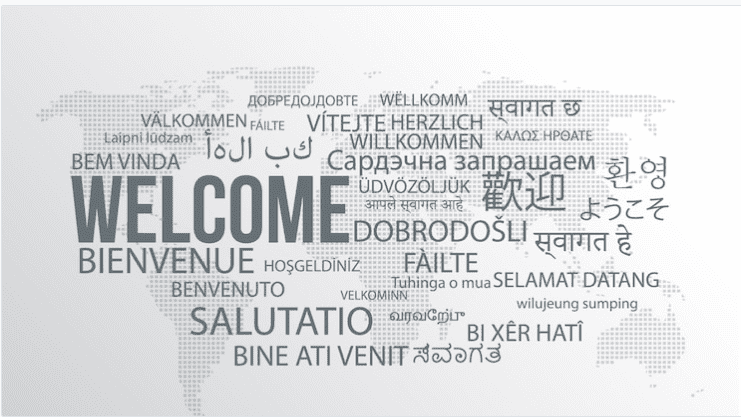An Introduction
It is simple to spot a bad translation. Those that are accidentally jagged, as if the user of the scissors was intoxicated. Those in which the source text was misunderstood or perhaps misinterpreted. Those in which all individuality has been eliminated. But how can a good translation be outlined? Is it when translators performed admirably? What makes a translation suitable? And, what is the need for source text for a good translation? Nevertheless, fret not! Here's all you need to know.
Understanding Good Translation
A good translation is undetectable. Within the text, the translator's identity is concealed. It is simple to identify a bad translation but challenging to identify a good one. The message, tone, and language harmonize in a high-quality translation. The text has no misspellings or grammatical errors, which flows naturally for the intended audience.
Importance of good source text for a good quality translation:
Many individuals are unaware that the raw material—the original (source) text—has a significant impact on the completed output when it comes to translation. It will be more difficult and take longer to translate a text of low or a poor quality than one of higher quality.
Always remember that a badly written source text will always produce bad quality translation.
That makes sense, right? However, it goes beyond that. You can write a text that's not only excellent on its own terms, but also is conducive to translation by employing a few straightforward approaches.
Of course, there are occasions when we produce a piece without considering how it will be translated. However, it makes sense to write something that will be simpler to translate when a writer is aware that their work will be translated into one or more other languages. This can help prevent misconceptions and speed up, simplify, and possibly even lower the cost of the translation process.
We've outlined some important methods and advice for translating writing below.
6 best practices for crafting original content that are easily translated:
Keep it brief:
Suppose there are ten words that will do instead of twenty, use them. Get to the point and keep your writing short. If not, it's simple to lose your reader somewhere along the line. Additionally, a succinct text will aid the translator in translating it succinctly. Additionally, since translation is frequently paid by the word, keeping things succinct means you're doing yourself a financial favor.
Consistency:
You may have heard repeatedly in school that repetition in writing should be avoided. Consistency is crucial when writing for translation, though.
Keep synonyms to a minimum:
This avoids misunderstandings and ambiguity and will result in a language that is clearer. Additionally, it will speed up the translation process because translation software keeps track of the translation of particular words and phrases so that translators can work more quickly when they use them frequently.
Usage of plain language:
No matter how complicated and technically advanced your subject is, make sure your writing is as simple as possible. Even while you should always entrust your translations to a professional who specializes in your particular field, there's no need to complicate matters beyond what is necessary. Aim to steer clear of extremely formal or technical language because the translation will likely do the same. The original audience will find it easier to read, the translation process will be more effective, and the final product will be a clearer translation if you use simple, understandable language.
Writing in plain English typically entails using fewer words or phrasal verbs like "need," "speed up," and "after," rather than "necessitate," "expedite," and "subsequent to." Avoid employing vague, confusing, and lengthy language and complex sentence structures. Short sentences will also prevent the confusion of several notions. It will also be simpler to read and translate your work if you avoid utilizing buzzwords and abstract terms.
Be cautious while formatting:
 Cost of The Translation Process
Cost of The Translation Process
While some languages are incredibly concise, others need more words or more space to convey the same notion. For instance, Portuguese is typically 30% longer than English, English is comparatively brief. Similar to this, some formatting might not work with some languages or might not have the same meaning in the target culture.
When designing the layout of a document or webpage, keep this in mind. Why not have a brief conversation with your translator to confirm if you're unsure? In the long run, it might save you a ton of time.
Don't use idioms:
Expressions that are idiomatic have their place. However, they are not the best for texts that will be translated. They can overcomplicate matters and are rarely literally translated from one language to another. By using idioms, you run the risk of either producing a literal translation that is incomprehensible in the target language or slowing down the translation process as your translator tries to find a suitable translation in their own language.
Speak your mind:
When writing for translation, it's important to convey exactly what you mean, without any room for ambiguity or mere inference. Spend less time attempting to think of clever ways to explain things that are almost certainly impossible to translate. For monolingual audiences only, smart puns or double meanings should be used.
How Can Source Text Lead To Good Translation?
A Source text is the one provided to a translator for translation into another language (in other words, the original text or the one you start with). The target text is the source text's translation (in other words, the final text or the text translator ends up with).
Frequently, the source language is the translator's second language, and the target language is their native tongue. Additionally, translation for specialized or professional fields requires a working knowledge of the relevant terminology. For instance, translating a legal text necessitates fluency in the respective languages and familiarity with the terminology unique to the legal field in each language.
The format and style of the source language cannot often be replicated in the target language, but the meaning and content can be. Here's how the translator uses the source text for translation:
The translator initiates the first phase of the translation process, the comprehension stage. The objective is to extract all content and expressive value so they can be reformulated in the target language. Capturing and comprehending the text does not conclude the author's initiated communication process. Instead, it restarts the process, and the reader/translator becomes the author's spokesperson.
The reader/translator simultaneously becomes the author of a text in another language. Additionally, the translator is an unusual reader in that they must read in a language that is not their native tongue.
In each of the first two stages, comprehension and re-expression of the source text, the translator must possess superior linguistic skills and an extensive knowledge base. The translator must exert significant effort to become the best reader of the text. On the initial reading, the translator becomes acquainted with the context of the text. Textual issues (lexical elements or unfamiliar concepts) necessitate a specific solution. Extratextual issues (relating to the translation's intended purpose and function) influence the strategy chosen in light of the entire text. The basis for a semantic, syntactic, and pragmatic analysis of the source text is a thorough reading.
Texts that are easy to translate are more usable texts:
Your texts will be simpler to read and easier to translate if you follow all of the advice we've given above, including utilizing simple language, writing concisely, and avoiding ambiguity. This makes them more approachable to a large audience in your target market, increasing their effectiveness and reach.
The Bottom Line
The best translators will accurately convey the source text's meaning and ensure linguistic and stylistic accuracy. The translation is not simply presenting a text written in one language in another. Translators must also capture the subject matter's essence and place it all in context. Ultimately, this is the ultimate workaround that leads translators to the doorway of a good translation.



